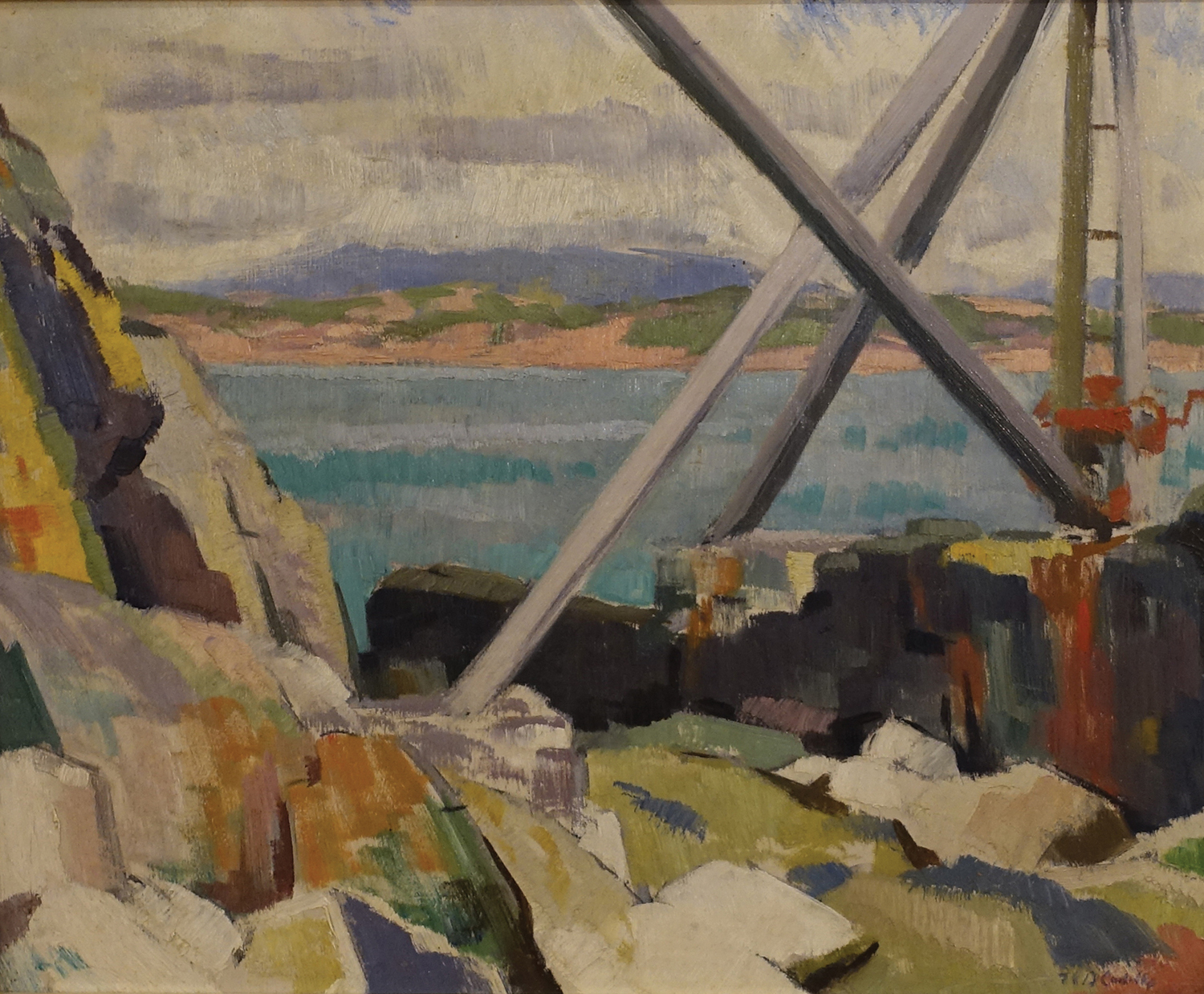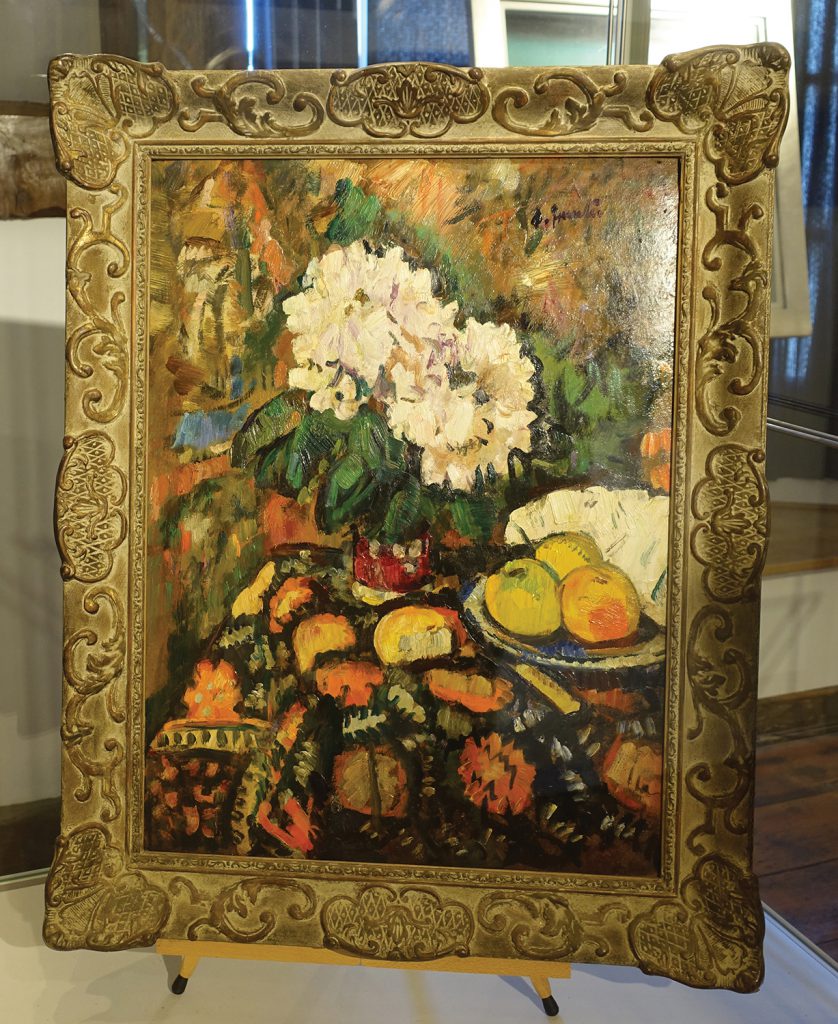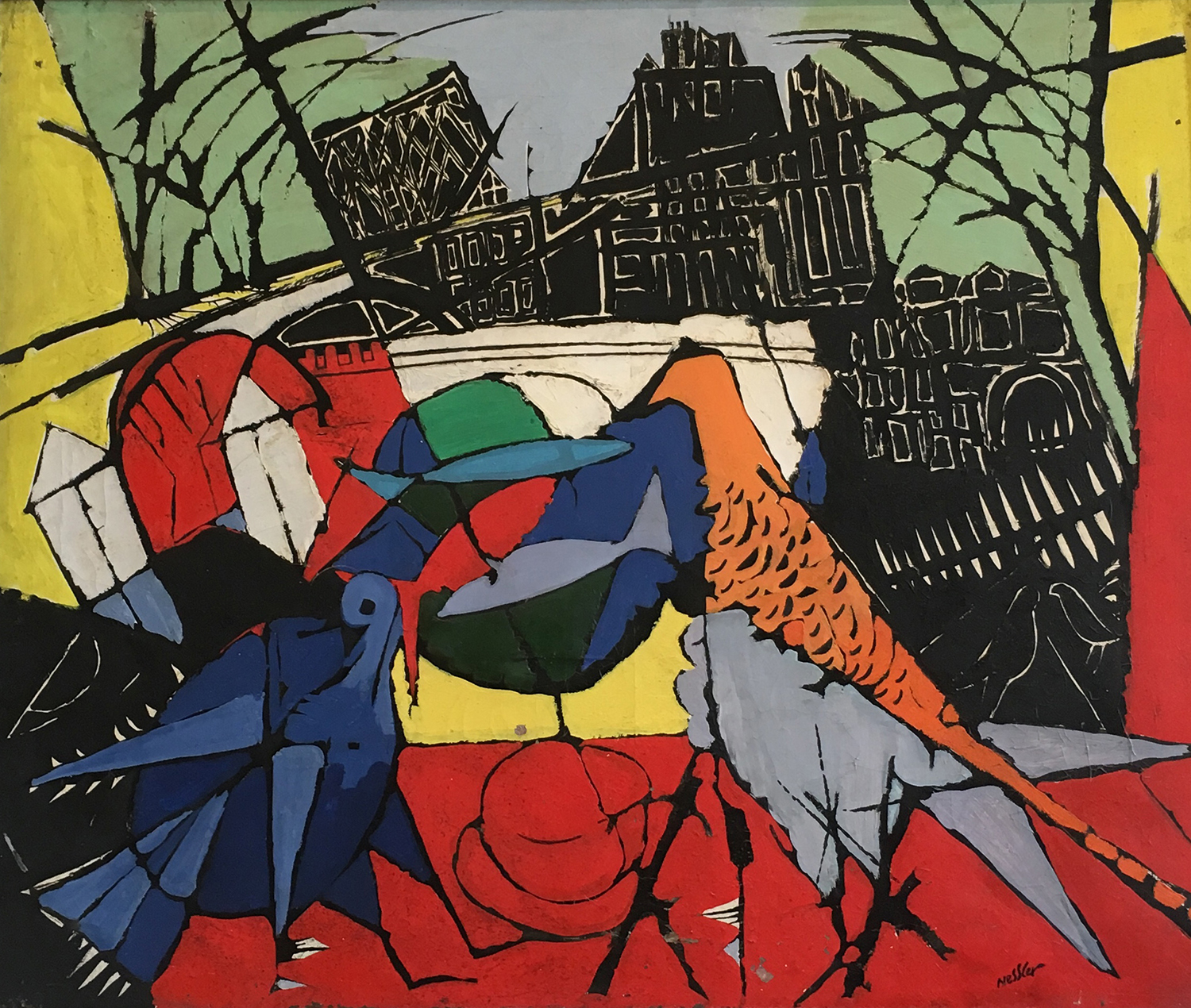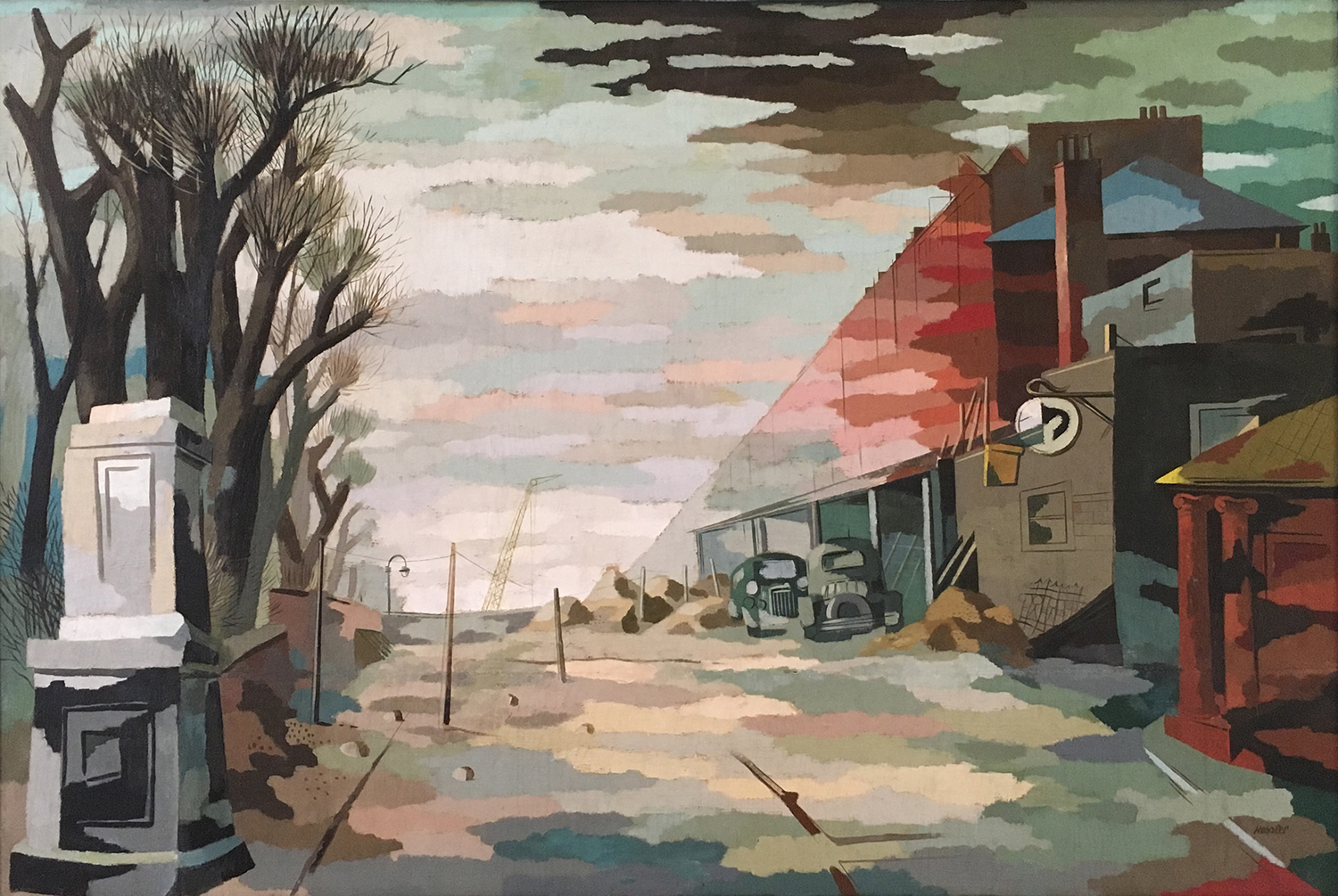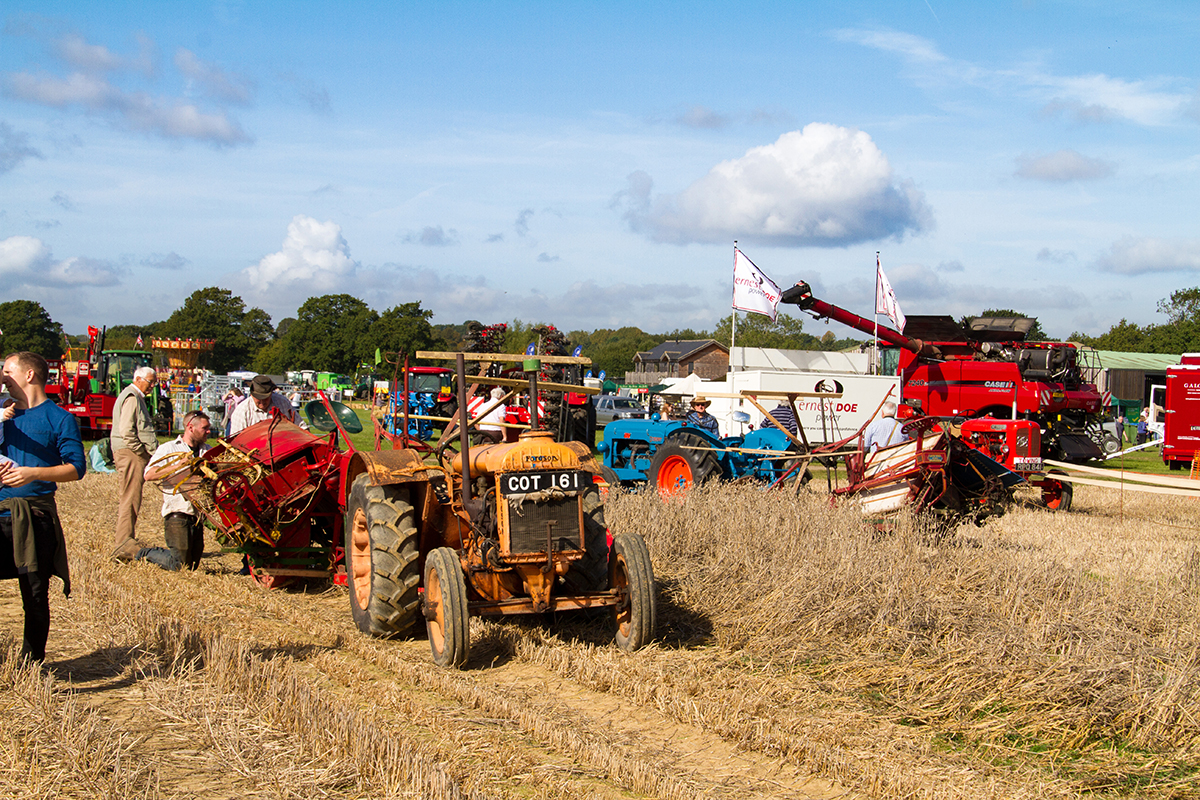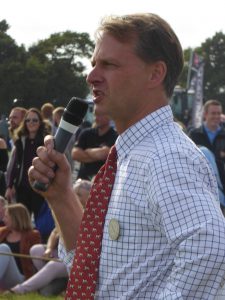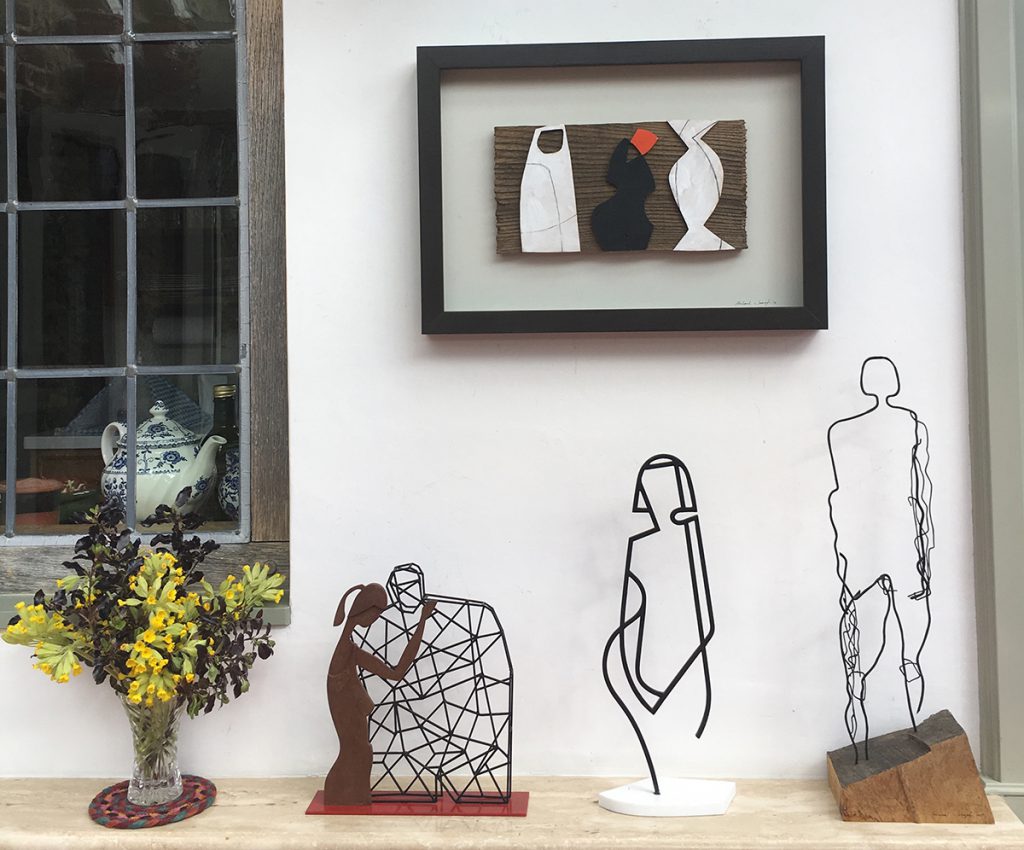
Jeremy Knight has distilled his extraordinary and unique knowledge of the heritage of the Horsham District into a newly published book which explores our common heritage through 100 objects.
The book was made possible by a grant awarded by the 2019 Horsham District Year of Culture and will provide a lasting legacy.
Learning, agriculture, industry, retail trade, domestic life and the military are just some of the topics covered by this remarkable book in a series of historical vignettes told through the objects
One of the stories relates to a Union Jack flag from Henfield which connects us with the poignant and powerful story of the Unknown Soldier laid to rest in Westminster Abbey.

Jeremy explains “The flag was used to cover one of four exhumed candidates for the Unknown Soldier who fell on the Western Front during the Great War. Their bodies were exhumed from the Somme, Arras, the Aisne and Ypres. Only one of these bodies was chosen to be buried at Westminster Abbey.”
I ask how the flag came to be in Henfield and Jeremy replies “Captain Brooks of the War Graves Registration Unit lived in Henfield. This flag was one of the smaller ones used to cover the bodies as they were stretchered from the battle grounds to bring them home. Brooks kept this smaller flag. It was hidden in Belgium during the Second World War. He donated it to the Royal British Legion in 1953 who in 1976 loaned it to St Peter’s Church in Henfield. It is still used there in the Services on Remembrance Sunday.”
I never cease to be humbled by the power of objects to unite us with our common heritage and give us a sense of place in the procession of human history.
I enjoy the work of Dr Geoffrey Sparrow and my eye is taken by a sketch of the Crawley and Horsham Boxing Day hunt gathered in Horsham’s Carfax. His pictures give expression to a love of horses and hunting and provide a fond but humorous insight into country life in and around Horsham between the wars.
As a small boy I watched the Crawley and Horsham Hunt riding out from the Carfax on Boxing Day with my Grandpa. The warm smell of the horses, the red hunting coats, the sounds of hooves on the tarmac, huntsmen’s horns and the hounds remain alive in my memory. Today the scene is very much one of history.
You can still see Horsham Museum’s exhibition displaying many of the objects illustrated in the book until 12th October.
‘The Horsham District in 100 Objects’ by Jeremy Knight is superb and beautifully illustrated. It distils thirty years of knowledge and understanding into a concise and accessible format. The book provides a superb companion and guide to a journey of discovery around the district and its rich heritage. It has just gone on sale at the museum and really deserves to be on your autumn reading list!
By Rupert Toovey, a senior director of Toovey’s, the leading fine art auction house in West Sussex, based on the A24 at Washington. Originally published in the West Sussex Gazette.
